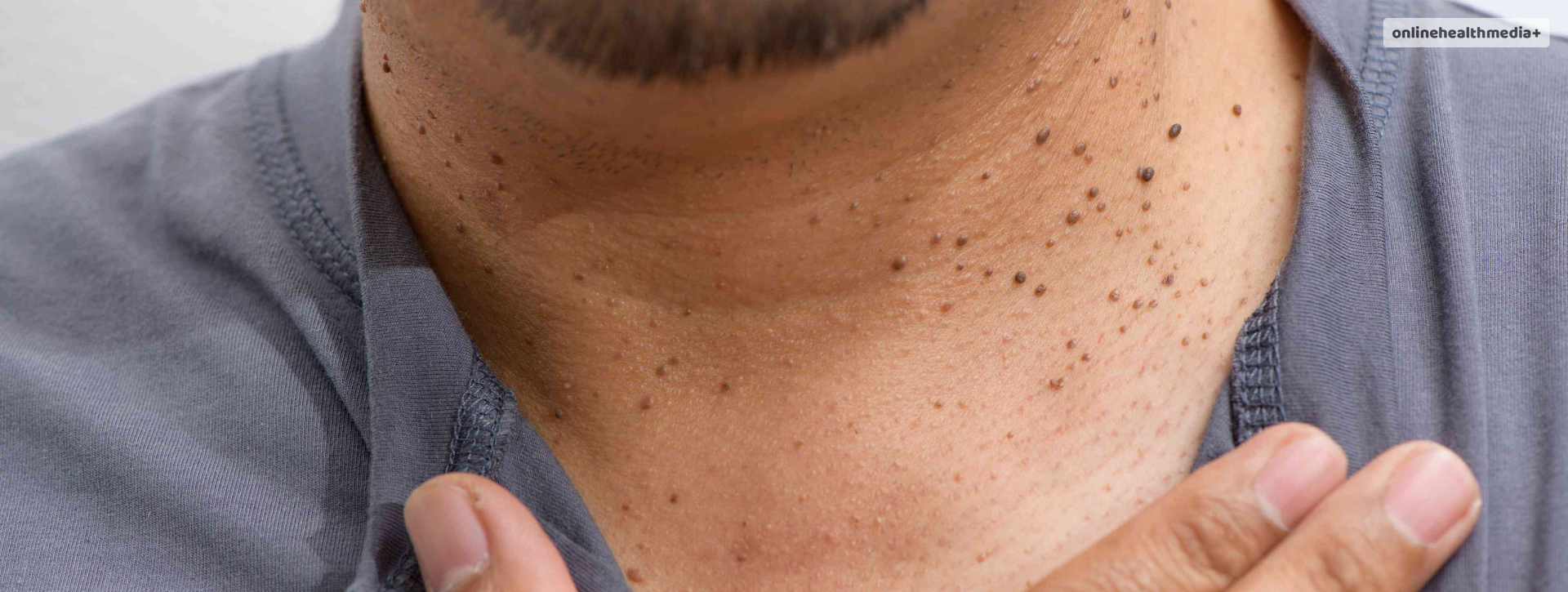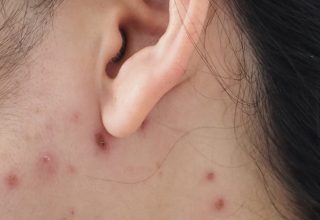Are Skin Tag Remover Effective? Understanding Skin Tags & Its Remedies.
Skin tags, those small, soft growths that often appear on the skin’s surface, can be a source of annoyance and self-consciousness for many individuals.
While these benign growths are generally harmless, some people choose to remove them for cosmetic or comfort reasons.
In this article, we will explore various methods of skin tag removal, including at-home remedies and professional procedures, helping you make informed decisions about managing these common skin nuisances.
Contents
Understanding Skin Tags
Before diving into removal methods, it’s essential to understand what skin tags are. These tiny, hanging skin growths, scientifically known as acrochordons, are usually flesh-colored and can vary in size.
They commonly occur in areas where the skin rubs against itself or clothing, such as the groin, armpits, neck, and in the area under the breasts.
Skin tags are non-cancerous and typically painless, but their appearance may cause discomfort or concern for some individuals.
At-Home Remedies

Several at-home remedies are popular for attempting to remove skin tags. Keep in mind that these methods might not be suitable for everyone, and it’s crucial to ensure that the growth you’re dealing with is indeed a skin tag before attempting removal. Here are some common at-home approaches:
1. Tea Tree Oil:
Tea tree oil is known for its natural antifungal and antibacterial properties. Some people apply it to skin tags, believing it may help dry them out and cause them to fall off over time. It’s important to dilute tea tree oil with a carrier oil before application to avoid skin irritation.
If you have oily skin, you should take the necessary steps to keep it looking its best. Here are a few of the things you can do.
2. Apple Cider Vinegar:
This household staple has been a popular remedy for various skin issues. Applying apple cider vinegar to a skin tag with a cotton ball is thought to help break down the tissue and lead to the tag’s eventual removal. However, this method may take several days or weeks.
3. Duct Tape:
While unconventional, some people use duct tape to remove skin tags. The idea is to cover the tag with duct tape, leaving it in place for several days. This approach aims to cut off the tag’s blood supply, causing it to fall off.
4. Over-the-Counter Solutions:
There are over-the-counter skin tag removal products, including creams and patches. These products often contain ingredients meant to break down the tissue of the skin tag. It’s crucial to follow the product’s instructions carefully and be aware of potential side effects.
Professional Removal Options
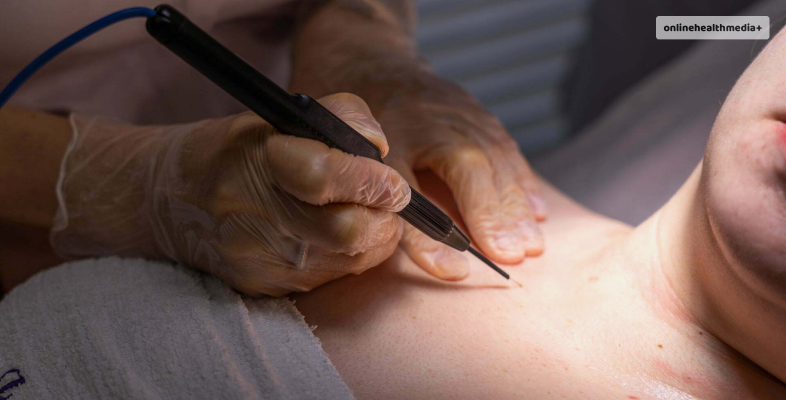
For those who prefer a more immediate and supervised approach, professional removal options are available.
Dermatologists and healthcare providers can perform these procedures in a controlled environment. Here are some common professional removal methods:
1. Cauterization:
Cauterization involves burning the skin tag off using heat. A healthcare professional may use a specialized tool to perform this procedure, ensuring precision and minimizing discomfort.
2. Cryotherapy:
In cryotherapy, liquid nitrogen is applied to the skin tag to freeze it. This freezing process causes the tag to fall off as the skin heals. Cryotherapy is a quick procedure often done in a dermatologist’s office.
3. Ligation:
Ligation involves tying off the blood supply to the skin tag, typically using a small string or suture. With reduced blood flow, the tag eventually falls off. This method is considered safe when performed by a healthcare professional.
4. Excision:
For larger skin tags, excision may be recommended. This involves cutting the tag off using sterile scissors or a scalpel. Dermatologists ensure a sterile environment to minimize the risk of infection.
Skin tags are benign growths of skin that often appear on areas of the body where skin rubs against skin, such as the neck, underarms, or groin.
While these growths are generally harmless, many individuals seek ways to remove them for cosmetic purposes or to prevent irritation.
Various methods and products are available for skin tag removal, each with its own considerations and effectiveness.
Considerations for Choosing a Method:
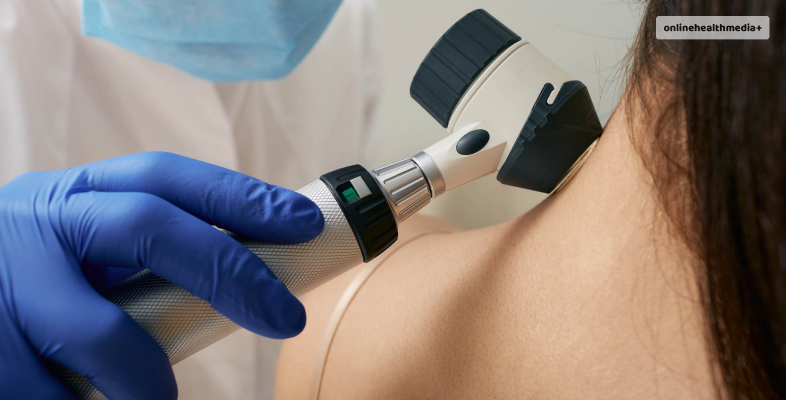
When deciding on a skin tag removal method, several factors should be considered:
1. Size and Location: Smaller skin tags in easily accessible areas may be suitable for at-home remedies, while larger ones or those in sensitive locations might warrant professional removal.
2. Cost and Convenience: Over-the-counter solutions are generally more cost-effective but may require consistent application over weeks. Professional procedures may offer quicker results but at a higher cost.
3. Pain Tolerance: At-home methods are usually less painful, while medical procedures may cause some discomfort during or after the process.
4. Medical Consultation: Before attempting any removal method, especially for larger skin tags or those with atypical characteristics, it’s advisable to consult a healthcare professional. They can provide guidance on the most appropriate approach and rule out any underlying issues.
Precautions and Risks:
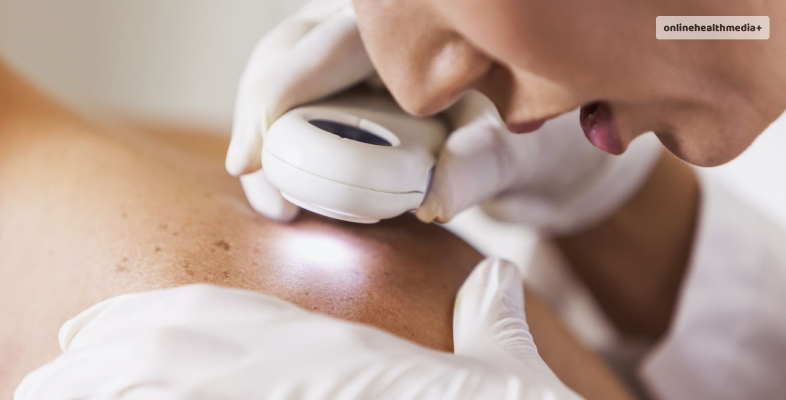
While many skin tag removal methods are safe, precautions should be taken:
1. Infection Risk: Any removal method that breaks the skin carries a risk of infection. Proper wound care is essential.
2. Scarring: Excision methods may leave a small scar, especially if not performed by a skilled professional.
3. Allergic Reactions: Some individuals may be sensitive to certain ingredients in topical solutions, leading to allergic reactions.
4. Misidentification: Not all skin growths are benign. A medical professional can confirm the nature of a skin tag and rule out more serious conditions.
Best Practices for Skin Tag Removal
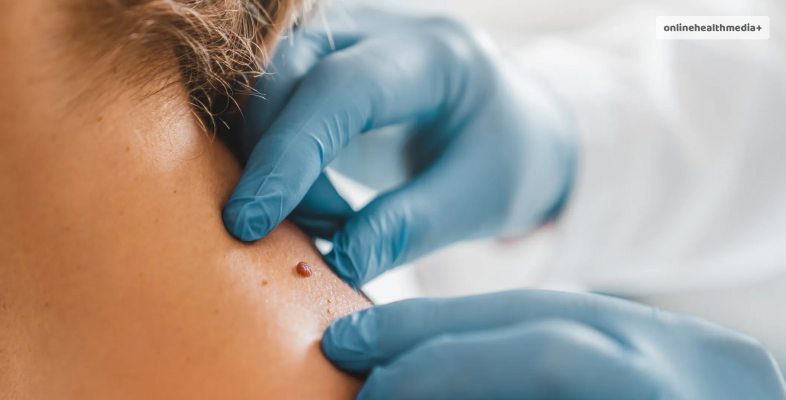
Regardless of the method chosen, certain best practices apply to ensure a safe and effective skin tag removal process:
1. Consultation with a Professional:
Before attempting any removal method, it’s advisable to consult with a dermatologist or healthcare provider. They can confirm that the growth is a skin tag and provide guidance on the most suitable removal method.
2. Sterilization:
If opting for at-home remedies, it’s crucial to sterilize any tools used to prevent infection. This includes tweezers, scissors, or any other instruments that may come into contact with the skin tag.
3. Avoidance of Irritation:
While skin tags are generally harmless, irritation or infection can occur if removal methods are not done correctly. Avoid picking at or irritating the skin tag, and refrain from using harsh chemicals without professional guidance.
4. Monitoring for Infection:
After removal, it’s essential to monitor the area for signs of infection, such as redness, swelling, or increased pain. If any concerning symptoms arise, seek medical attention promptly.
5. Patience:
Certain at-home remedies may take time to show results. It’s important to be patient and consistent with the chosen method, following guidelines to avoid complications.
Conclusion
Skin tag removal is a personal choice, influenced by factors such as comfort, aesthetics, and potential irritation.
Whether opting for at-home remedies or seeking professional assistance, individuals should prioritize safety, hygiene, and adherence to best practices.
Consulting with a healthcare professional ensures a proper diagnosis and guidance on the most suitable removal method for individual circumstances.
Ultimately, managing skin tags is about finding an approach that aligns with personal preferences and promotes overall skin health.
Also read
- Top Electric Toothbrush For Kids.
- Compelling Reasons To Incorporate Shilajit Into Your Diet.
- Hepatitis A Resurgence Sparks Concern Among Vulnerable Populations.
